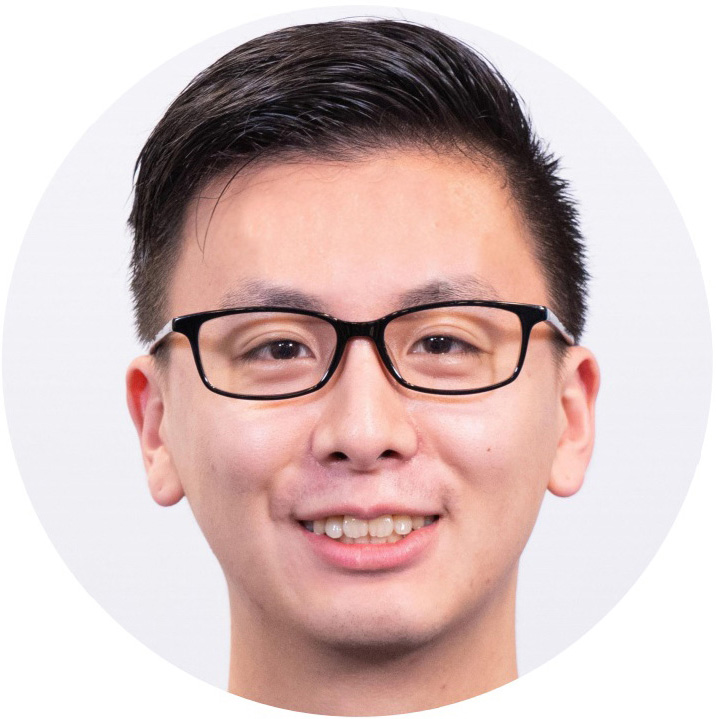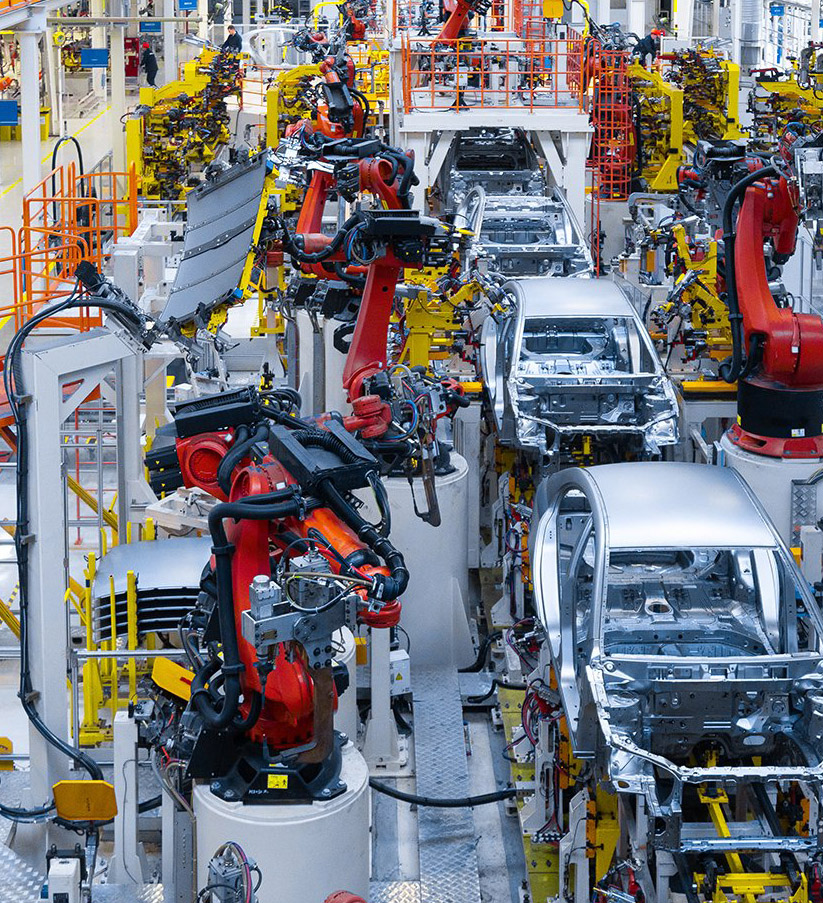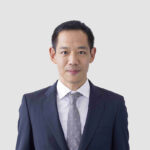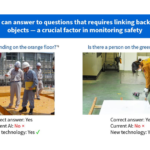ASIA ELECTRONICS INDUSTRYYOUR WINDOW TO SMART MANUFACTURING
Optimized Production Weighs Big in New Research
Japan’s New Energy and Industrial Technology Development Organization (NEDO) has recently adopted a research and development project related to fuel cells conducted by SUPWAT Co., Ltd., and a laboratory at The University of Tokyo. SUPWAT is a Tokyo-based venture company that handles machine learning and other advanced technologies.
The project targeted on how to utilize the strength of hydrogen tanks and reduce their weight and to optimize in the use of fuel cells in automobiles.
Takuya Yokoyama, Chief Executive Officer of SUPWAT, discussed the background of the project and prospects in this interview with Asia Electronics Industry (AEI).

AEI: Can you discuss some background of the company?
Yokoyama: I have always had interest in manufacturing. I studied mechanical and intelligent system engineering at Faculty of Engineering at Hokkaido University. At a graduate school of The University of Tokyo, I studied at Yoshikawa Laboratory, the head of which is Professor Nobuhiro Yoshikawa who is known for conducting research on hydrogen tanks.
I later joined JXTG Energy (ENEOS Corporation) as I wanted to broaden my contact in the society with wider perspective. I engaged in the production of lubricant oils and faced a situation to analyze them using hundreds of test tubes to produce products required by users. I thought I wanted to streamline this process.
I moved to Mercari, Inc., where I was involved in solving various issues using information technology (IT). I decided to start a business and with recommendation of a senior colleague, I started the business by consulting Professor Yoshikawa.
AEI: What factors did you consider in making this move?
Yokoyama: First, the external environments of the manufacturing industry have changed. Environmental regulations, including the reduction of greenhouse effect gases, have progressed, and artificial intelligence (AI) and other technologies have advanced. On the other hand, working-age population has decreased, and the COVID-19 pandemic has made sourcing of labor even more difficult.
Because of these factors, the manufacturing industry is facing challenges to improve productivity, including speedy research and development using machine learning, active introduction of new technologies, and the replacement of human resources with AI.
To improve productivity, it is necessary to secure and create visions at the research and development site. However, much time experiments, analyses, and paper works are allocated. I considered how I can support improvements.

AEI: What kind of support you wanted to extend to manufacturers?
Yokoyama: I consider developing a simulation tool that uses AI for use as a platform for machine learning.
Previously, the process of machine manufacturing advanced from many stages. First, the setting of machine’s features and design requirements and second, the investigation of similar cases. The third, is the design based on researcher’s insights. The fourth stage is simulation based on materials then the last stage is the trial production and performance evaluation. In many cases, there have been needs to repeatedly perform stages four and five.
We offer our services differently. After we advance, which is the first stage, we proceed to prediction and selection of optimum combination based on materials data. Then we proceed to simulation on materials and design then performance evaluation.
Using informatics technology, such as machine learning, to achieve data-driven development, we improve efficiency of the processes that require much time, such as experiment, analysis, and verification.
According to preliminary calculation, we can reduce the time required for the process from experimentation to verification to about half of the previous process.
AEI: What kind of manufacturers that require your services?
Yokoyama: They are the resin and materials, machine manufacturing, and heating element manufacturers. I expect about ten companies will be using our services by the end of the year. The joint research with Yoshikawa Laboratory is an extension of our services. Our goal is to develop a system that enables the design of lightweight hydrogen tanks with a significantly reduced amount of carbon fiber, while maintaining the conventional burst strength. We will construct a machine learning model using structural elements as data.
At the manufacturing sites of materials, Toyota Motor Corporation, major iron manufacturers, and leading tire manufacturers have been stepping up data-driven research and development. I expect the demand will further expand in the future.
AEI: Can you share what are your perspectives for the medium and long term?
Yokoyama: I would like to advance algorithms that use existing data and promote the development of optimization system for the entire manufacturing industry, including regions close to the manufacturing industry, plants, and engineering.




